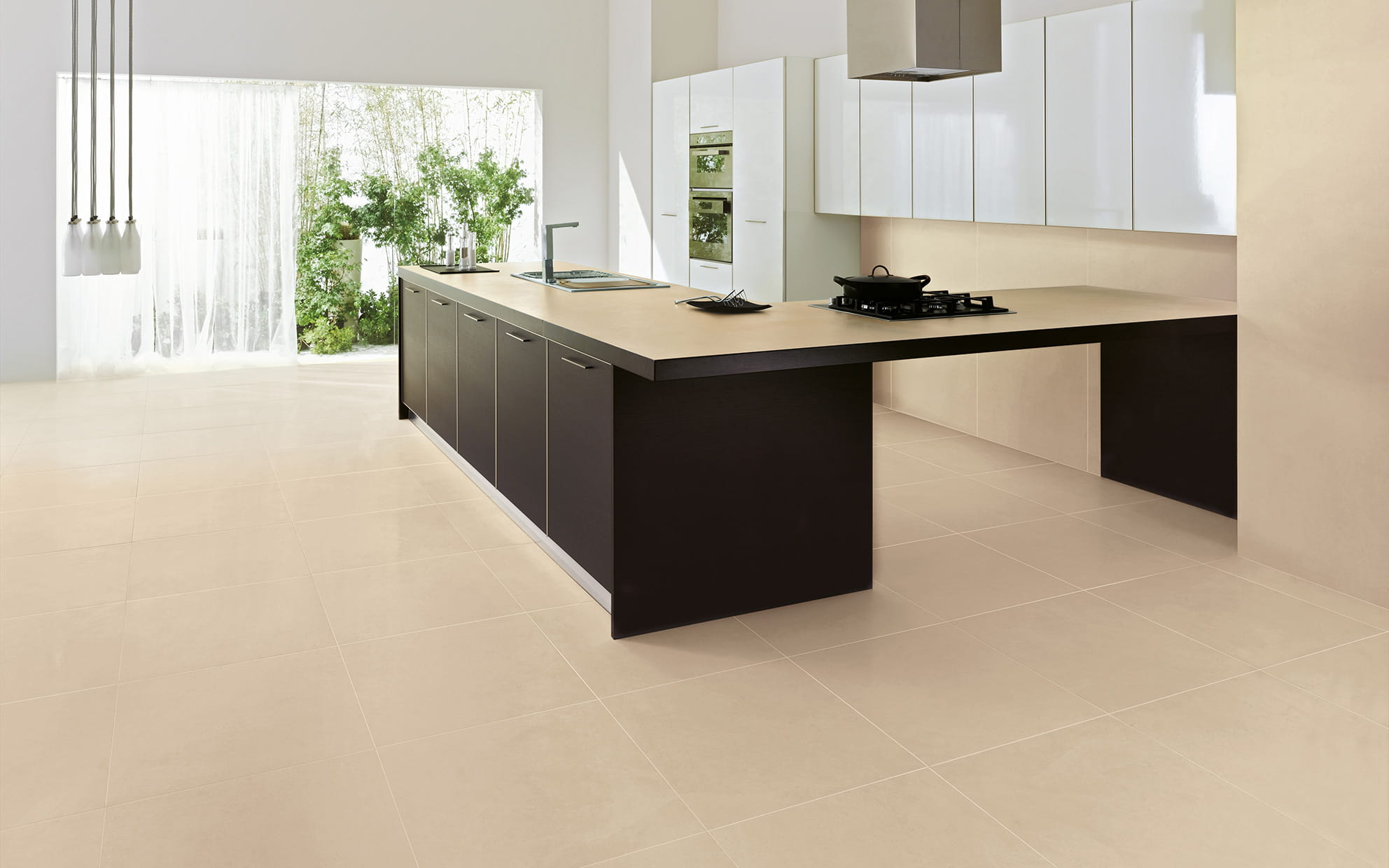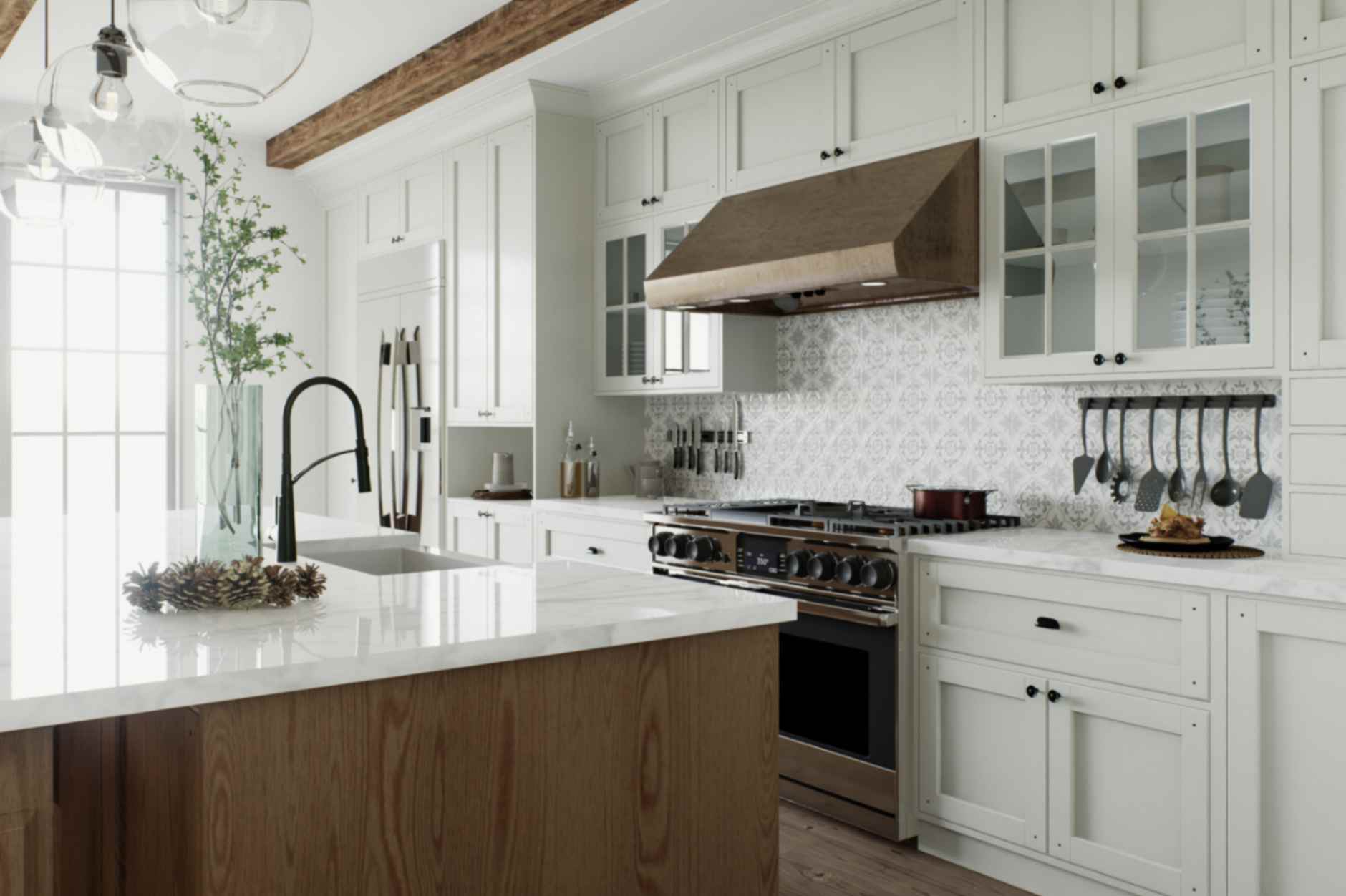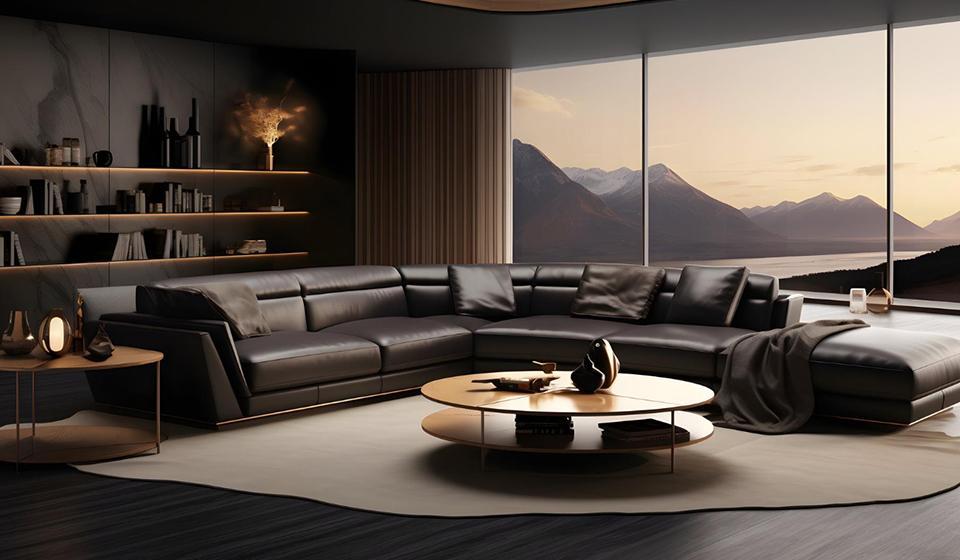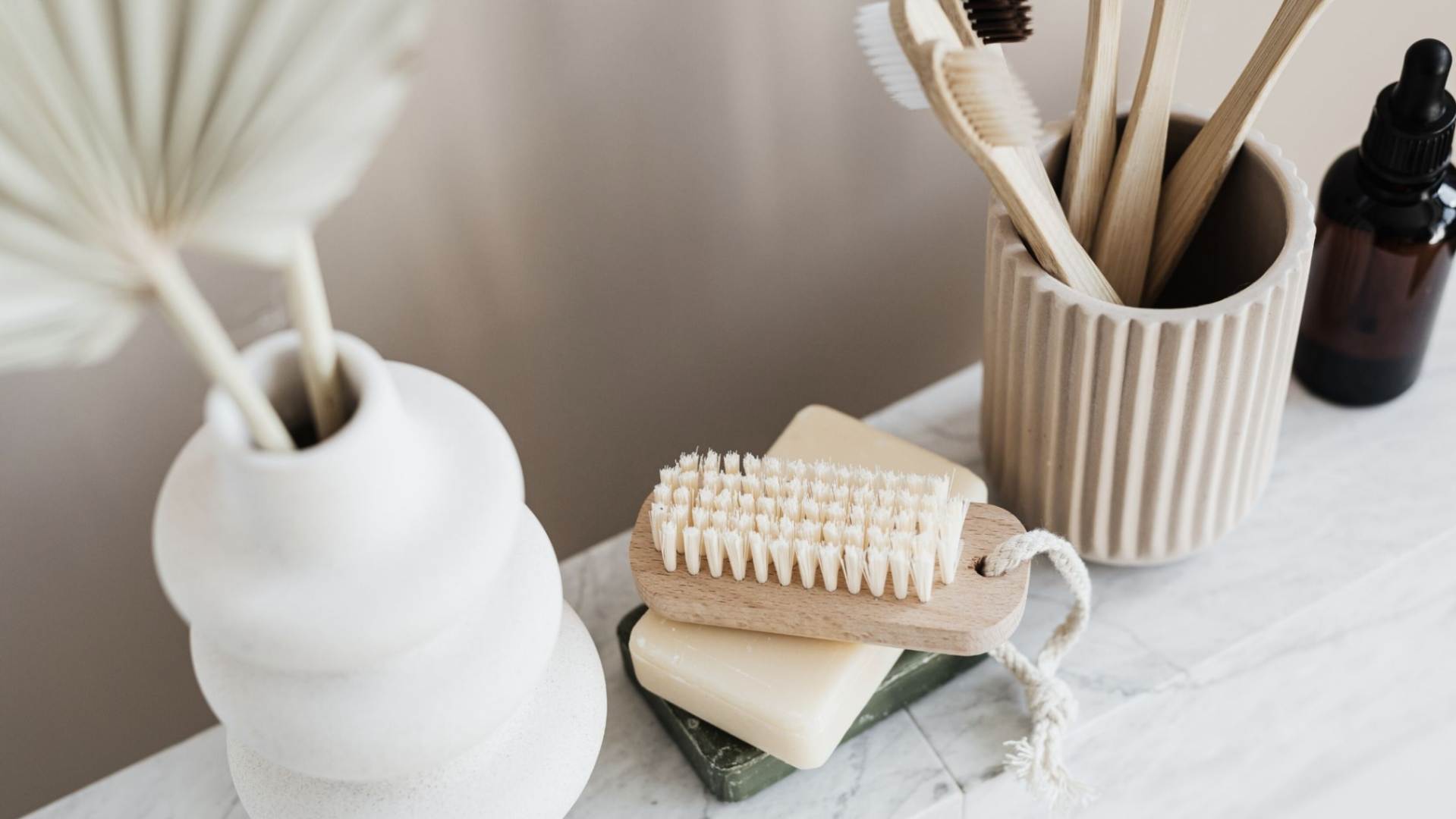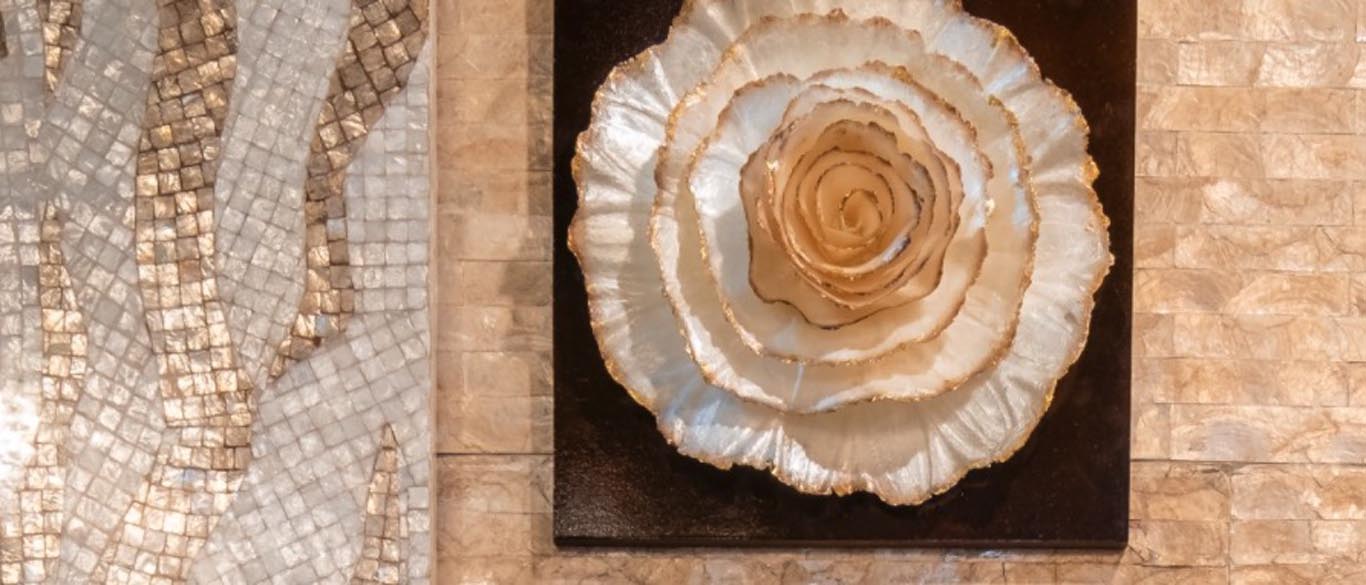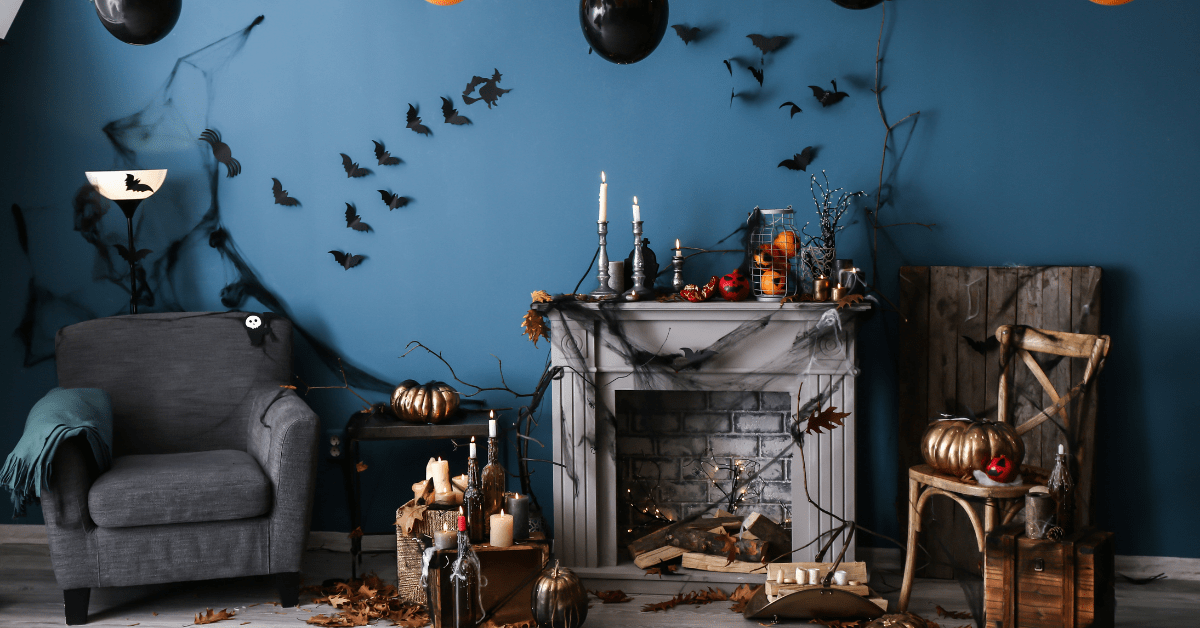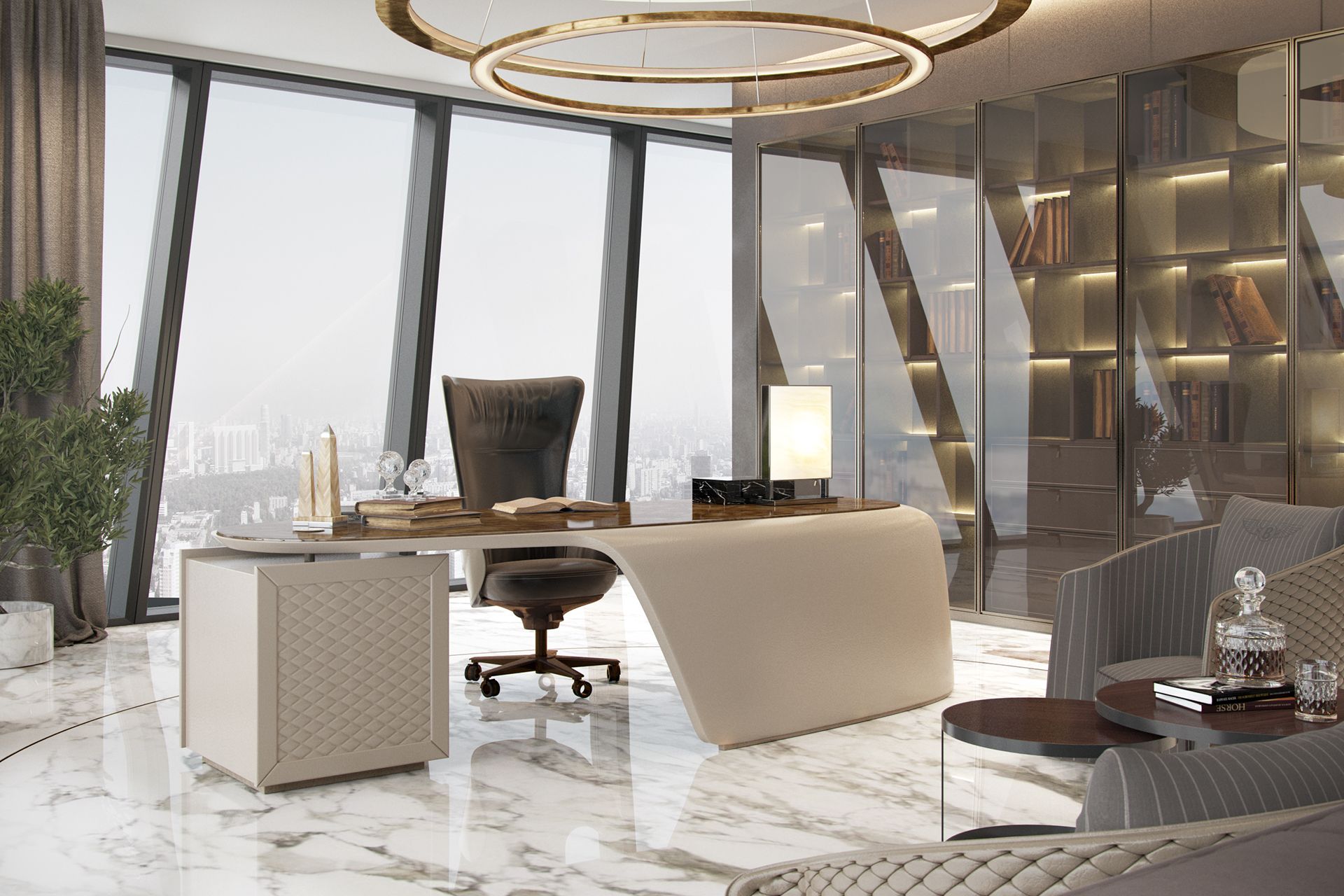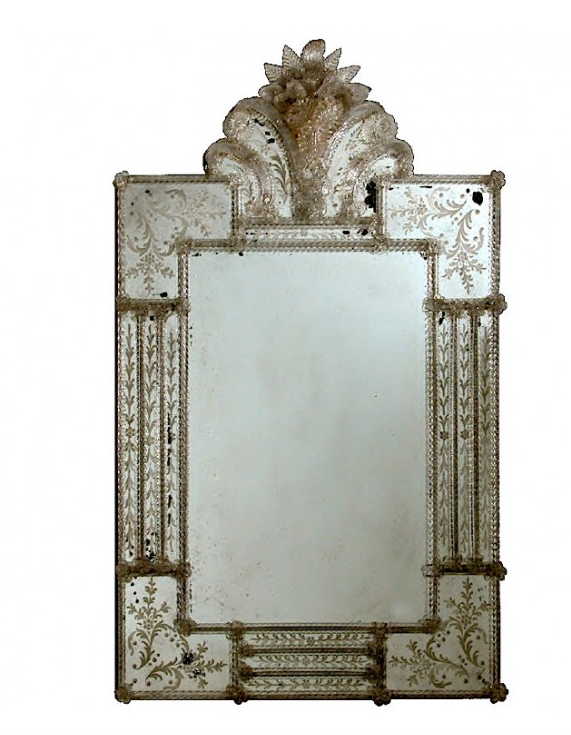Maximizing Small Spaces: Innovative Bedroom Design Ideas for Compact Living
The challenge of designing a small bedroom is not just a matter of space, but an opportunity for creativity and innovation. In today’s fast-paced urban lifestyle, compact living has become more than a necessity; it’s a style statement. This article will walk you through some ingenious ways to maximize your small bedroom, turning it into […] The post Maximizing Small Spaces: Innovative Bedroom Design Ideas for Compact Living appeared first on The Architecture Designs.
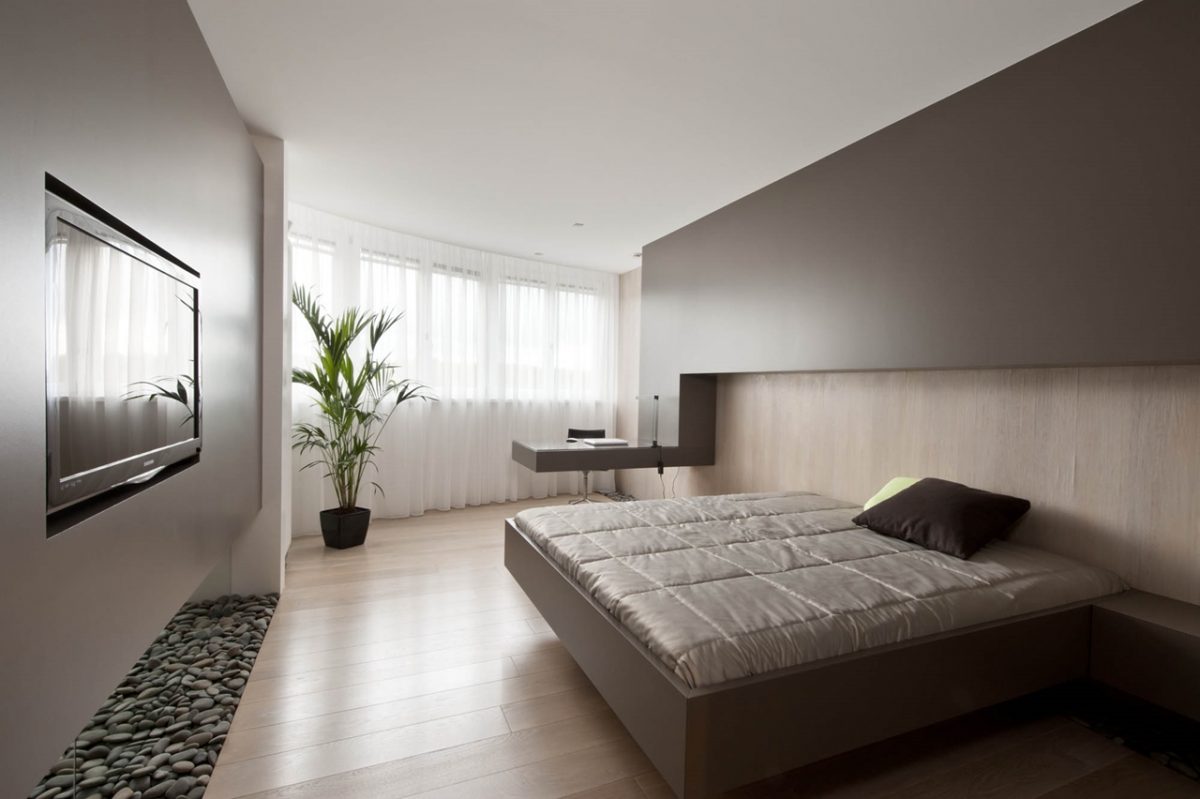
The challenge of designing a small bedroom is not just a matter of space, but an opportunity for creativity and innovation. In today’s fast-paced urban lifestyle, compact living has become more than a necessity; it’s a style statement.
This article will walk you through some ingenious ways to maximize your small bedroom, turning it into a cozy, functional, and stylish space.
By understanding the basic principles of small bedroom design, incorporating multi-functional furniture, and choosing the right decor, you can transform your compact living space into a haven of comfort and elegance.
Understanding the Basics of Small Bedroom Design
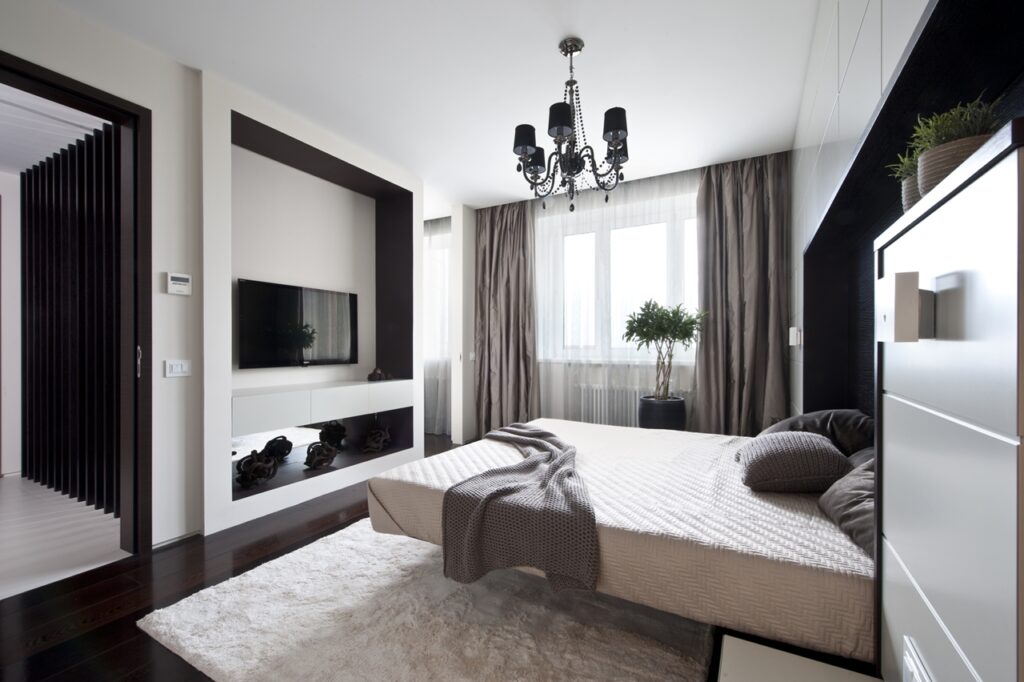
source: architecturebeast.com
When it comes to small bedroom design, the first step is to grasp the basic principles. A clutter-free environment is paramount. Avoid overcrowding the room with unnecessary items. The right layout is crucial; place the bed in a position that maximizes floor space.
Also, utilize the vertical space – think wall shelves and tall, slim wardrobes. Light plays a significant role too; a well-lit room feels more spacious.
Choose light, airy color palettes to create an illusion of a larger space.
These fundamental strategies are the cornerstone for turning a cramped bedroom into a cozy retreat.
Let’s delve into the importance of selecting the right textiles and accessories. Opt for light and airy fabrics for curtains and bed linens. These materials do not visually weigh down the space, unlike heavy draperies or bedding. Consider a minimalist approach to accessories – a few well-chosen items like a sleek lamp, a small plant, or a decorative vase can add charm without clutter.
Another crucial aspect is the choice of flooring. Light-colored flooring can make the room appear more spacious and brighter. If changing the flooring is not an option, a strategically placed rug can also help to achieve this effect.
Lastly, don’t forget the power of scent and sound. A subtly fragranced room with a calming soundtrack can make a small bedroom feel like a tranquil sanctuary, enhancing the overall perception of the space.
By focusing on these elements, you can create a small bedroom that is not only functional but also aesthetically pleasing, proving that size doesn’t limit style and comfort.
Incorporating Multi-functional Furniture
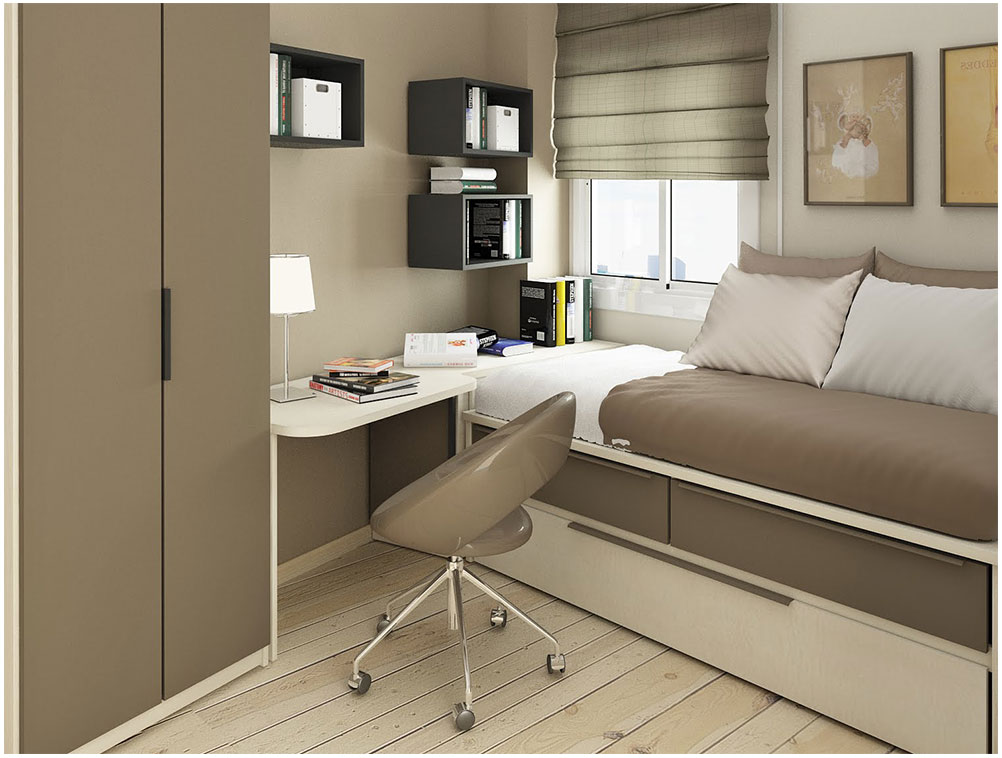
source: magzhouse.com
The magic of multi-functional furniture in a small bedroom cannot be overstated. Space-saving furniture pieces like Murphy beds, which fold up against the wall when not in use, or loft beds, which allow for a workspace or lounge area underneath, are game changers. Opt for a foldable desk that can be tucked away, or a bed with built-in storage drawers.
Not only do these furniture choices save space, but they also add a modern, sleek look to the bedroom. When selecting these pieces, focus on clean lines and light colors to maintain a feeling of openness.
Smart Storage Solutions
Smart storage solutions are the secret weapon in small bedroom design. Under-bed storage boxes are perfect for out-of-season clothing or extra bedding. Built-in wardrobes maximize storage while maintaining a streamlined look.
Don’t overlook over-door organizers for shoes and accessories. Remember, utilizing vertical space is key – install floating shelves for books and decorative items.
This approach to storage helps keep the room organized and clutter-free, making the space feel larger and more inviting.
Incorporate Wall Art
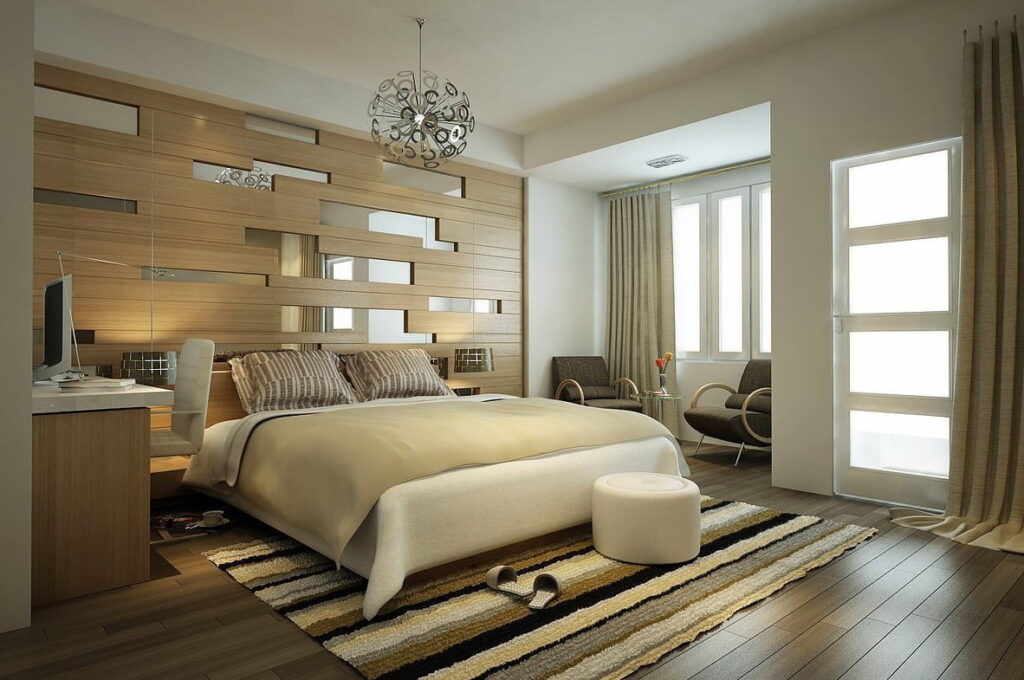
source: magzhouse.com
Wall art is an effective tool in the small bedroom design arsenal. It adds personality and depth without taking up valuable floor space. Abstract wall art for the bedroom, with its visually intriguing designs, can be a focal point that draws the eye, making the room appear larger.
When choosing wall art, consider the scale; oversized pieces can overwhelm, while smaller artworks may fail to make an impact. Also, mirrors can be both decorative and functional, creating an illusion of depth and reflecting light around the room.
Moreover, when incorporating wall art into a small bedroom, consider the theme and color coordination with the rest of the room. If your room has a minimalist design, a single piece of abstract wall art for the bedroom can serve as a stunning centerpiece without overcrowding the space. For those who prefer a more eclectic look, consider a gallery wall with smaller pieces that tell a story.
Pay attention to the framing; sleek, simple frames maintain a clean look. Additionally, placing art at eye level can create a sense of expanded space, drawing the eye horizontally rather than focusing on the limited floor area.
Art isn’t just about visuals; it’s about creating an atmosphere. Choose pieces that resonate with you personally, as this will make your bedroom not just a place to sleep, but a sanctuary that reflects your unique taste and personality.
Optimizing Light and Color
Light and color are pivotal in creating the perception of space. Opt for soft, natural lighting where possible, and enhance it with strategically placed lamps to brighten dark corners. The color scheme plays a huge role in how big the room feels.
Light hues and monochromatic themes are your best bet. They not only make the room appear larger but also offer a serene, peaceful environment, ideal for relaxation and sleep. Avoid dark, heavy colors which can make the space feel closed in.
When selecting window treatments for a small bedroom, consider sheer curtains that allow natural light to filter through, creating a bright, airy feel. If privacy is a concern, light-filtering blinds can be a functional alternative.
Reflective surfaces also play a crucial role.

source: pinterest.com
Glossy finishes on furniture or decor can bounce light around the room, enhancing the sense of space.
Don’t underestimate the power of a well-placed mirror; positioned opposite a window, it can double the amount of natural light entering the room. Lastly, pay attention to the bulb temperature in your lighting fixtures.
Warm, soft white bulbs create a cozy, inviting atmosphere, while cooler bulbs mimic daylight, contributing to a sense of openness and clarity. By balancing these elements, you can create a well-lit, visually expansive space that is both functional and restful.
Innovative Use of Technology
In a small bedroom, technology can be a space-saver. Opt for compact, multifunctional gadgets like smart lights that can be controlled via phone, saving the need for bulky light switches. Wall-mounted TVs or projectors eliminate the need for a TV stand.
Even choosing a good quality Bluetooth speaker over a traditional sound system can save precious space. Technology should enhance the functionality of your bedroom without contributing to clutter.
Conclusion
Small bedroom design is an art that combines functionality, style, and innovation.
By understanding the basics, incorporating smart furniture, optimizing storage, adding the right decor, and using light and color strategically, you can transform a cramped space into a stylish, cozy sanctuary.
Embrace the challenge of compact living and let your creativity shine through in your small bedroom design.
The post Maximizing Small Spaces: Innovative Bedroom Design Ideas for Compact Living appeared first on The Architecture Designs.

